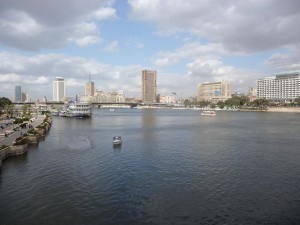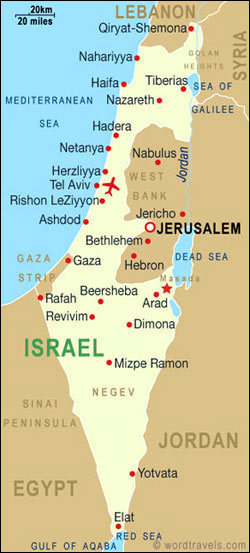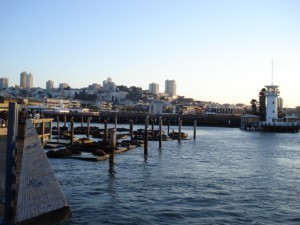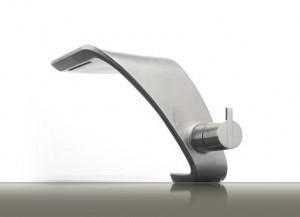How Long is the Nile River?
Known as the longest river in the world, the Nile River is a popular and major river that passes through the different countries in Africa including the Democratic Republic of Congo, Ethiopia and Egypt. The river has two tributaries, namely the Blue Nile and the White Nile. The Blue Nile is longer than the second tributary. The White Nile flows from the Great Lakes to the Lake Victoria, Tanzania and Uganda. To know more about this river, it is best to determine the length of the Nile River.
Nile River is a popular and major river that passes through the different countries in Africa including the Democratic Republic of Congo, Ethiopia and Egypt. The river has two tributaries, namely the Blue Nile and the White Nile. The Blue Nile is longer than the second tributary. The White Nile flows from the Great Lakes to the Lake Victoria, Tanzania and Uganda. To know more about this river, it is best to determine the length of the Nile River.
The Length of the River
How long is the Nile River? The length of the river is 6,650 kilometers. The drainage basin measures 3,400,000 square kilometer while the average discharge level is 2,830 cubic meter per second. Aside from the Blue Nile and the White Nile, another tributary to the river is the Atbara River. This river begins at the north portion of the Lake Tana in Ethiopia. The river is not that prominent because it only flows whenever there is rain. Additionally, the river dries fast.
At Mongalla, the Nile River is known as the Albert Nile and the average flow rate is 37,000 cubic foot per second. The river enters the swaps found in Sudan’s Sudd region and known to people in the area as the Bahr El Jebel. Its average flow rate is 18,000 cubic foot per second. From the swamps, the river joins the Sobat River, known as the White Nile.
The two essential tributaries to the White Nile are the Sobat River and the Bahr al Ghazal. Bahr’ al Ghazal’s drainage basin measures 520,000 square kilometers. The other river joins the White Nile near Lake No and it contributes 412 cubic meters per second yearly to the Nile. The mean flow rate of the White Nile at Malakal is 32,600 cubic foot per second. In early March, the flow rate of the river is 43,000 cubic foot per second while the rate in late August is 21,500 cubic foot per second.
The Blue Nile contributes 80 per cent to 90 per cent to water discharge of the Nile River. The Blue Nile’s peak flow exceeds 200,000 cubic foot per second. Before dams were constructed along the river, the peak flow of the river exceeds 290,000 cubic foot per second while the minimum flow is estimated to be 19,500 cubic foot per second. The level of water discharge is influenced by several factors including evapotranspiration, diversions, weather as well as groundwater flow.





